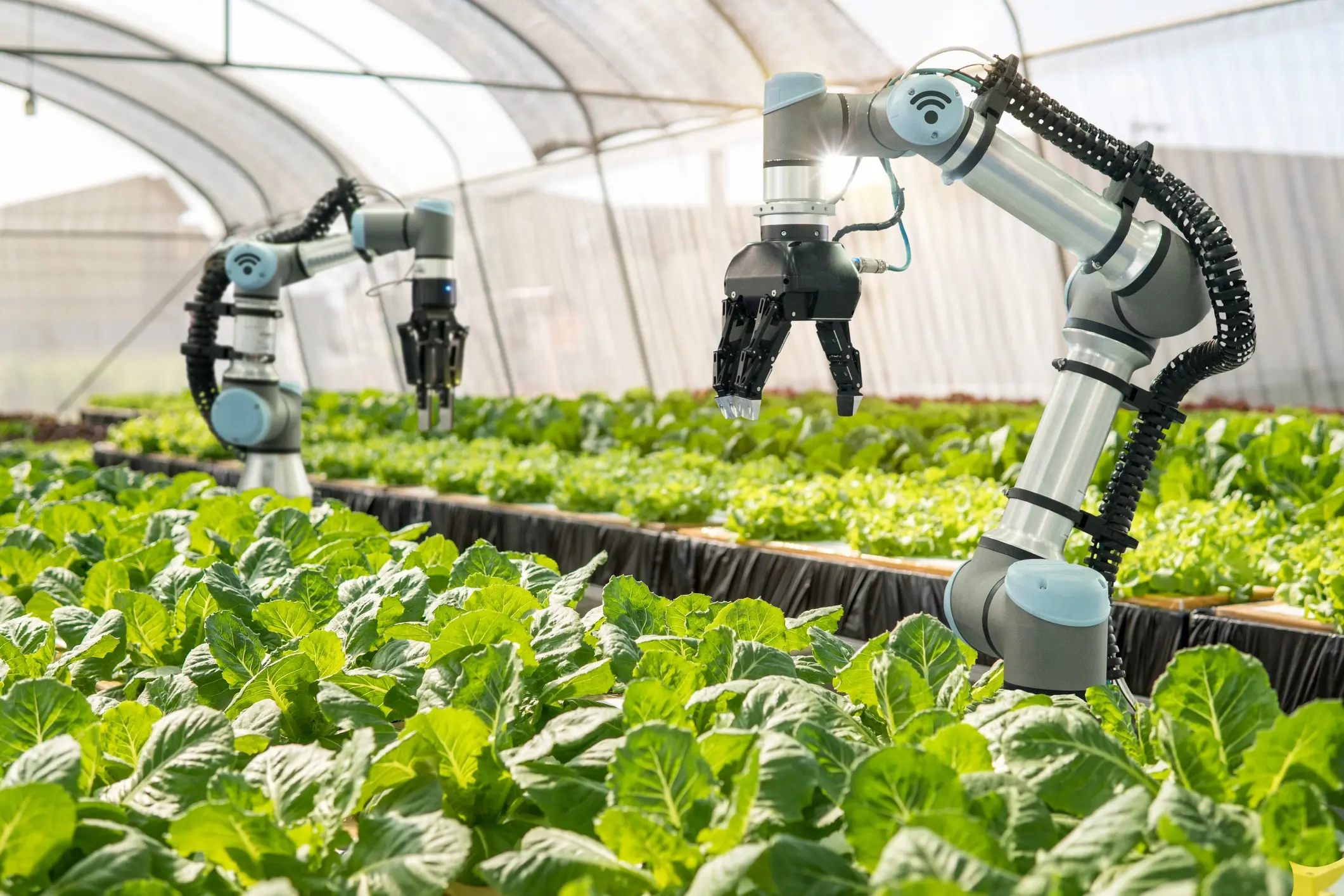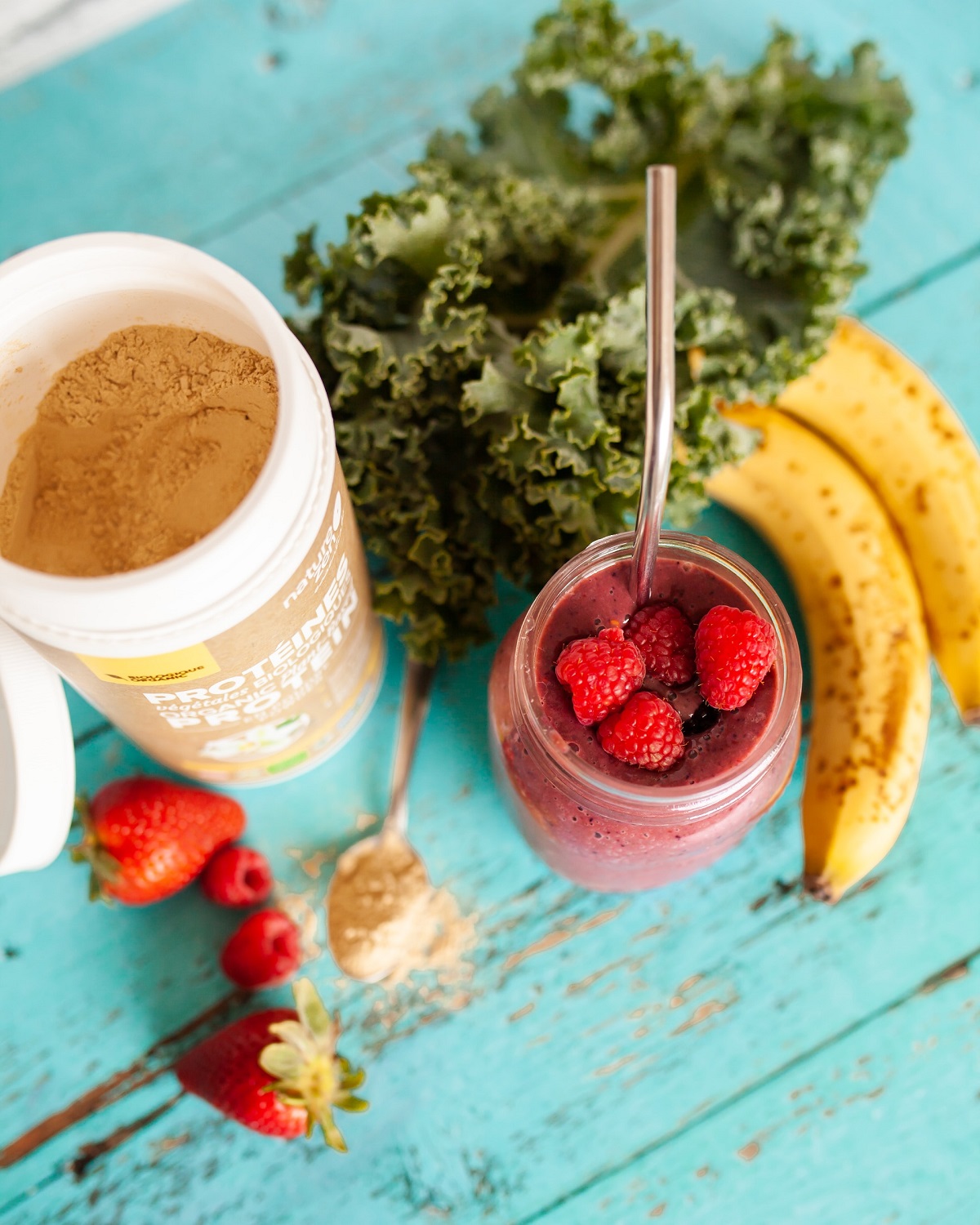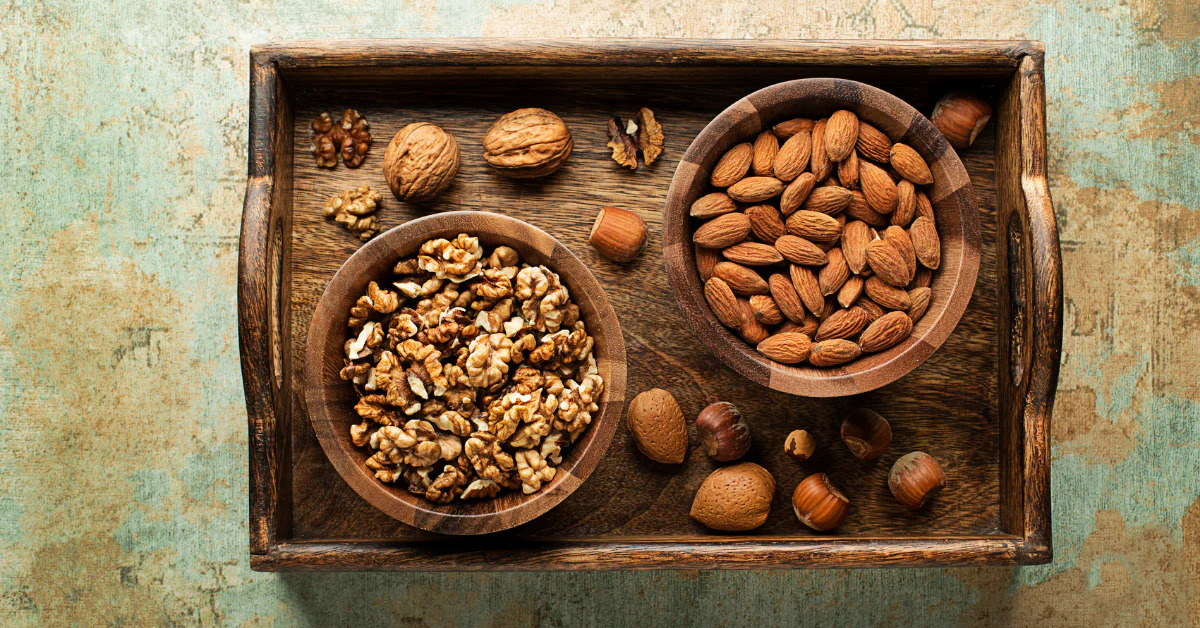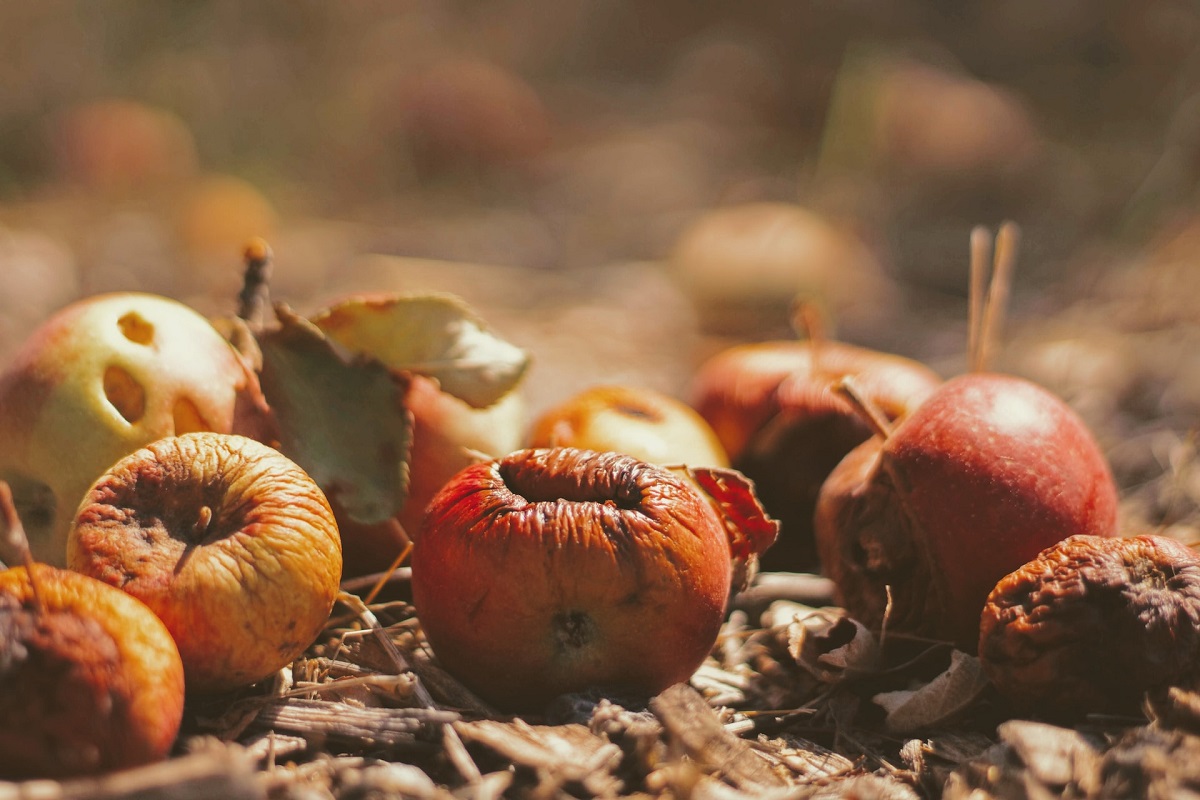Food Tech Trends and Innovations in 2022
Business trends usually develop as a result of economic indicators and consumer preferences. and same is true for food tech trends. The coronavirus has badly affected economic conditions and consumer preferences worldwide in the past two years.
Having seen numerous businesses and consumer sectors closed for a long period in COVID-19, everyone is looking closely for innovative approaches to food technology that can keep maintaining the food chain.
No matter where you exist in the food chain, farming, processing, storage, packaging, transporting, agri-businesses, restaurants, supermarkets, and more. It will take three things to find food tech trends in 2022: sustainability, affordability, and healthier food choices .
To overcome uncertainties and challenges in the near future, food technologists are following innovative practices and creating new trends by focusing on sustainability and affordability. They come up with new ideas to keep the food industry shining.
Food Tech Trends Increasing Affordability:
After the Corona pandemic and with the increase in inflation, consumer priorities in making consumption choices have changed and now they focus more on their budget. It means the priority of consumers is affordability.
Due to volatile climatic conditions, supply chain issues, and increases in packaging, transportation, and energy costs, global food prices in 2022 will continue to increase.
Here are food tech trends that help in making healthier food choices available at affordable rates for consumers.
Making A Short Food Supply Chain:
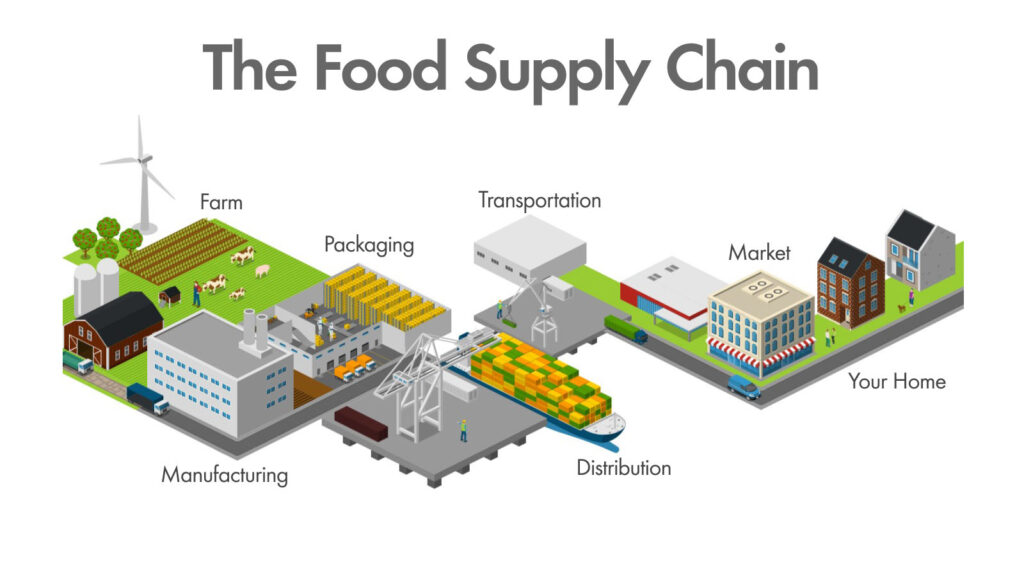
A shorter food supply can be helpful because COVID has exposed many vulnerabilities in the food supply chain. These issues in supply chains are mainly due to high dependency on human hands during farming, packing, and transporting food.
In addition, long distances between farms and markets. Any minor breach in infrastructure or shortage of workers can cause disastrous effects. The food tech industry has developed many advanced techniques to reduce food products’ production and packaging time.
Vertical Farming :
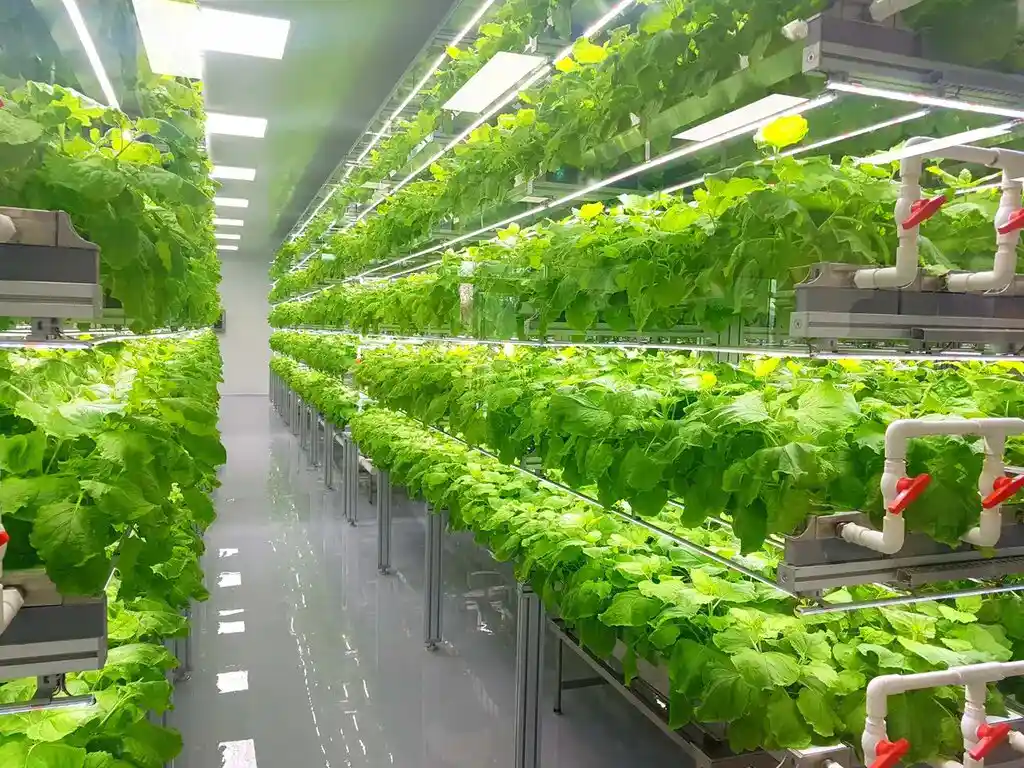
Another advanced technique that can help in reducing the cost of food products is vertical farming. It allows food to be grown in extremely controlled environments near the urban areas, producing frequent harvests and free of pests.
Sustainability :
In addition to producing food on farms and industries, we must protect our planet by keeping sustainability in mind. According to FAO, 31 percent of human-caused greenhouse gas (GHG) emissions originate from the agriculture and food systems.
Out of 16.5 billion tons of GHG emissions from agri-food systems in 2019, 3.5 billion tons came from land use change, 7.2 billion tons from within the farm gate, and 5.8 billion from the supply chain process.
The largest contributor to this greenhouse gas emission is agriculture livestock. It contributes 14.5% of GHG emissions. We believe that environmental protection is crucial in efficiently feeding our next generation.
Sustainable Food Production:

Sophisticated and innovative food technology is necessary to meet the goals of sustainable food production without breaking the bank, as we see that climate change is causing a bad impact and making living difficult for the next generation.
Obviously, the innovative food technology sector has the capability to produce alternative proteins such as plant-based proteins and some whole plant foods in an environment-friendly manner.
Zero Food Waste An Emerging Food Tech Trend :
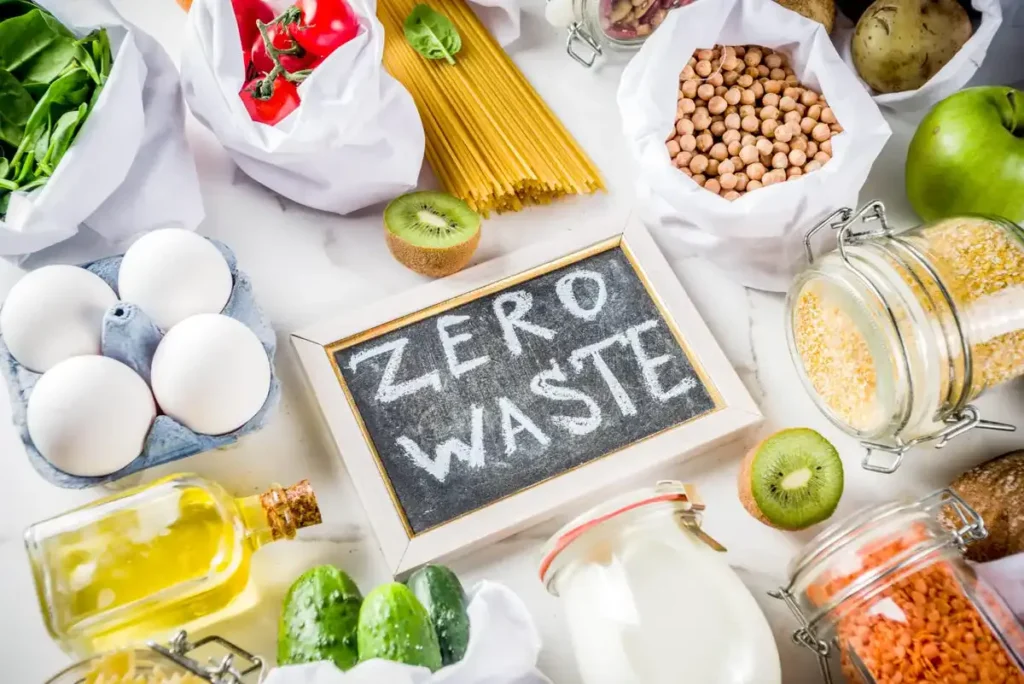
Another food tech approach that helps to achieve sustainability is the concept of zero food waste.
According to the United Nations, food waste is an important part of food loss, resulting in the removal of that food from the food supply chain that is first for consumption, or any expired or spoiled food as a result of economic factors, neglect, or poor stock management.
It inspired many entrepreneurs to create food rescue companies that use related technologies and data to match food surpluses to those in need. Food packaging is also badly impacting our climate, for example, plastic ware.
One way to protect our planet from this plastic ware is to recycle waste into containers.
Food technologists are using innovative ways to avoid plastic containers. For example, using fruits and vegetable peels to produce packaging films can also increase the product’s shelf life.
Moreover, many food tech industries are working to produce edible food packaging using seaweed or biopolymers.
Healthier Food Choices :
The Global Health and Foods Market are expected to reach $1.1Trillion in the US by 2027. And the trend in the global food market is also changing as consumers are looking for healthier food alternatives.
They offer several other benefits, such as improving the way through which your body turns food into energy and improving the immune system that provides you protection against infection and diseases.
Another way consumers contribute to this cause is by following a “flexitarian” lifestyle, in which the time spent on eating meat is extremely limited. What is leading consumers towards these practices?
This way, food technologists and the food tech industry are helping people use healthier options and showing the world how they can use fewer resources and improve the quality and quantity of food products to reduce food insecurity.
Plant-based Proteins :
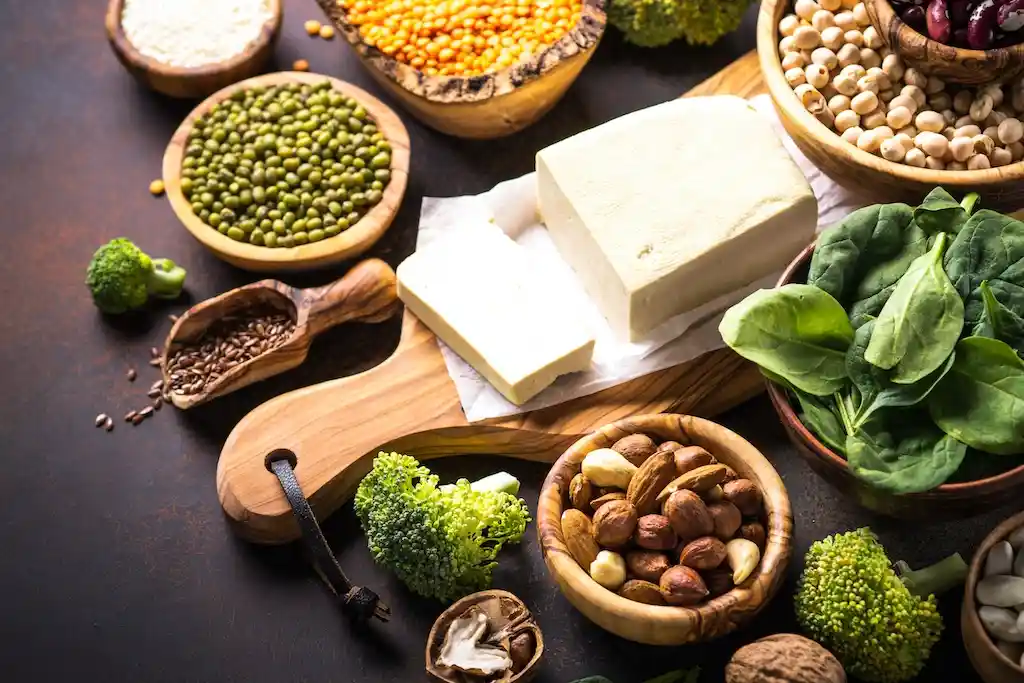
Nowadays, food tech companies are focusing on creating plant-based alternatives for all kinds of foods. For example, plant-based milk alternatives are getting popular due to their health and nutritional benefits.
The world has gone beyond soy and almond to embrace oat-based products, which have gained second place in terms of sales after soy. Shortly, you will find an alternative to animal milk made from chickpea, beans, hemp, barley, and flax.
Stress-fighting Foods :
The last two years were stressful for everyone due to the COVID pandemic, and it does not look like it is going way anytime soon.
We expect an increase in the number of consumers finding food products that promise a relaxing and calm effect.We expect an increase in the number of consumers finding food products that promise a relaxing and calm effect.
More Use of Automation:

- Improved quality control
- Increased food safety
- Enhanced traceability
- Reduced food waste
Consumer Food Trends :
Here are some trends that consumers are expected to follow in 2022 due to the latest technology in the food and beverage industry:
Functional Foods:
Consumers not only want food that smells and taste good. They are looking for food products that can play role in promoting their health. These foods are also known as functional food, such as yogurt containing probiotics and vitamin-D-fortified orange juice.
Consumers want foods that can provide more nutrition in one bite. Research also proves that the global functional ingredients market was worth $64.9 million in 2018 and is expected to reach $100 million in 2025.
More Experimental Breakfasts :
The popularity of hybrid working models is cutting out commute, and consumers have time for breakfast. According to research, it is found that in the first lockdown, UK consumers ate eggs 68% more than in the previous year.

High-Quality Flexitarian Food :
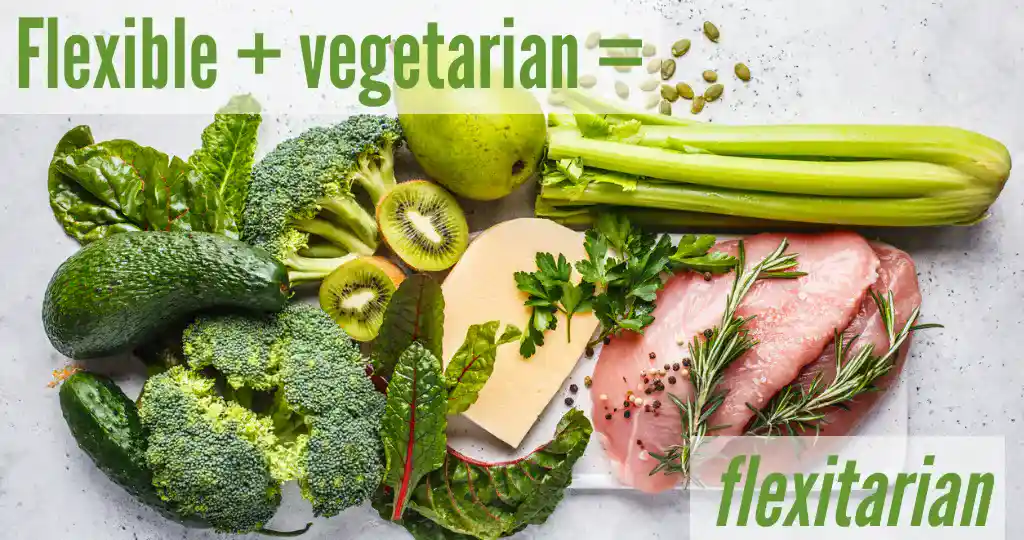
According to Food Market’s recent report, consumers have reduced the consumption of meat, eggs, and dairy products without cutting them completely from their lives. They are eating plant-based alternatives that ultimately increase the sale of plant-based markets.
